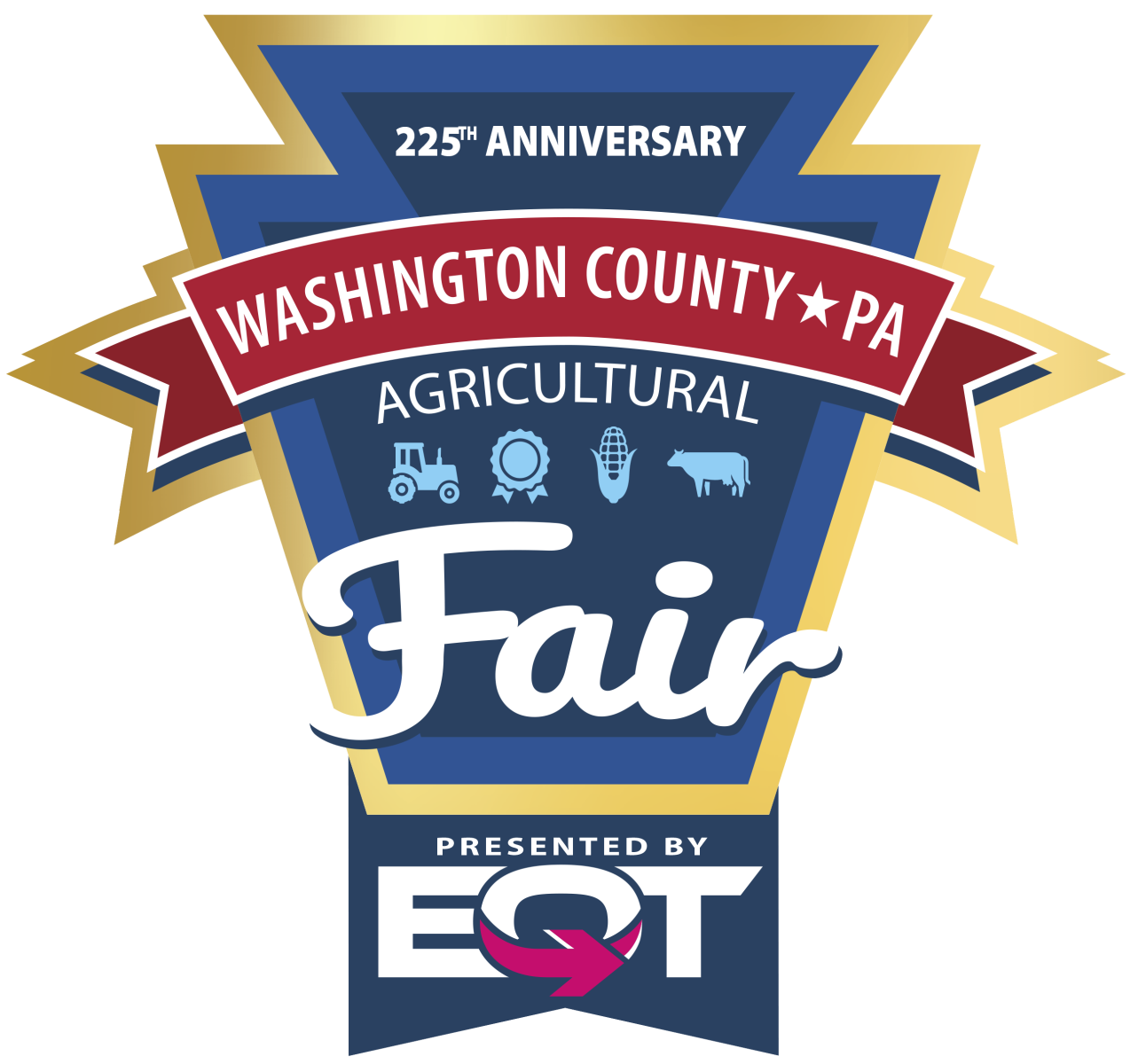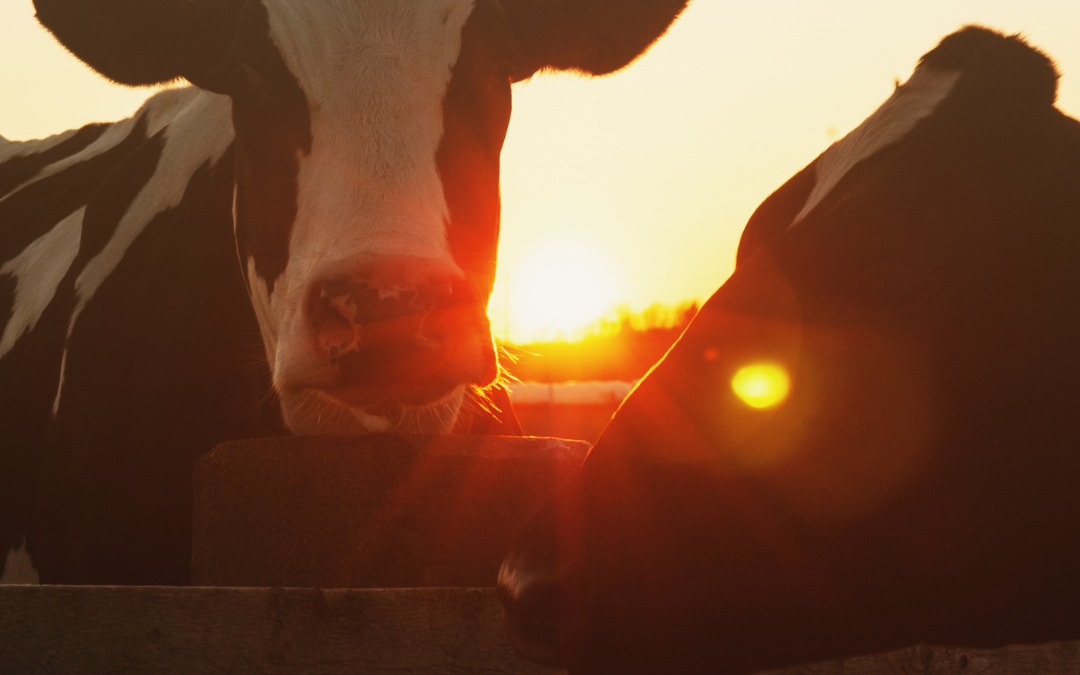By Natalie Gloady
Located in the picturesque southwestern region of Pennsylvania, Washington County holds a captivating agricultural heritage that has significantly shaped the local economy and culinary traditions. Among the various agricultural practices that have left a lasting impact, dairy farming stands out as a vital thread in the county’s historical tapestry. From its humble beginnings to the thriving operations of today, the story of dairy farming in Washington County showcases the resilience and innovative spirit of its farming community. Join us on an enlightening journey as we delve into the fascinating history of dairy farming in this remarkable corner of Pennsylvania.
Early Days and Growth:
Dairy farming in Washington County can be traced back to the late 18th century when European settlers began establishing farms in the area. These early farms often had small herds of dairy cows, and the milk they produced was primarily used for sustenance within the family. As the county’s population grew, so did the demand for dairy products, leading to an expansion in both the size and number of dairy farms.
The Introduction of Creameries:
In the late 19th century, creameries began to emerge in Washington County. Creameries were centralized facilities where farmers could bring their milk to be processed into butter and cheese. This development marked a significant turning point in the dairy industry, as it allowed for improved quality control and increased production efficiency.
Creameries also facilitated the transportation and distribution of dairy products beyond the county’s borders. With the establishment of railroads and better road networks, dairy farmers gained access to larger markets, enabling them to flourish economically.
Technological Advancements and Modernization:
The early 20th century brought remarkable technological advancements to the dairy farming industry in Washington County. Improvements in breeding techniques, veterinary care, and farm machinery revolutionized the way dairy operations were managed. Farmers began to focus on selective breeding to enhance the productivity and quality of their herds.
Additionally, advancements in refrigeration technology facilitated the safe storage and transportation of milk over longer distances. This allowed dairy farmers in Washington County to expand their markets beyond the immediate vicinity, reaching urban centers in nearby cities such as Pittsburgh.
Cooperative Efforts and Associations:
The establishment of dairy cooperatives and associations further enhanced the growth and success of dairy farming in Washington County. These organizations allowed farmers to pool resources, share knowledge, and collectively market their products. By working together, dairy farmers could negotiate better prices and gain access to resources and services that would have been challenging to obtain individually.
The Washington County Milk Producers Association, formed in the 1930s, became a prominent advocate for dairy farmers in the region. It played a pivotal role in promoting the interests of local farmers and ensuring the sustainability of the industry.
Challenges and Adaptations:
Like any agricultural sector, dairy farming in Washington County faced its share of challenges over the years. Fluctuating milk prices, changing consumer preferences, and the rise of industrialized agriculture posed significant hurdles for local farmers.
To adapt, many dairy farmers diversified their operations, exploring value-added products such as specialty cheeses, yogurts, and organic dairy items. These niche products catered to evolving consumer demands and helped differentiate their offerings in a competitive market.
Furthermore, several farms in the county embraced sustainable practices, adopting environmentally friendly methods and improving animal welfare. This shift toward sustainability not only aligned with consumer preferences but also positioned Washington County’s dairy industry as a leader in responsible agriculture.
The history of dairy farming in Washington County, Pennsylvania, is a tale of resilience, adaptation, and innovation. From its humble beginnings to the modern era, dairy farming has played a vital role in shaping the county’s agricultural landscape and contributing to its economy. Through technological advancements, cooperative efforts, and the ability to adapt to changing times, Washington County’s dairy farmers have overcome challenges and ensured the industry’s longevity.

